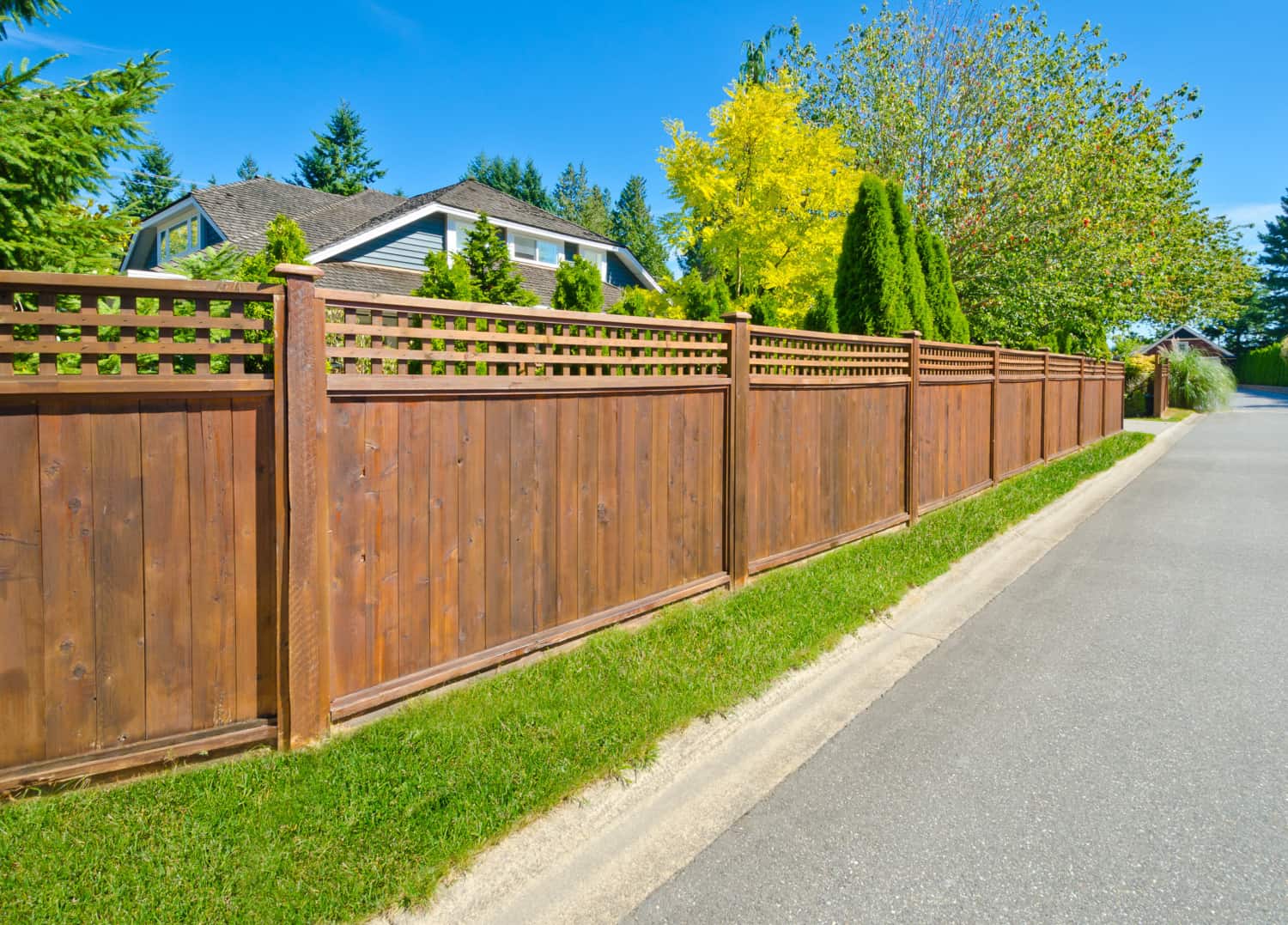All Categories
Featured
Picking the appropriate fence for a residential property located in an area prone to extreme weather is crucial for preserving sturdiness, capability, and security. Whether your region experiences high winds, hefty snowfall, intense warmth, or downpours, particular secure fencing materials and layouts are much better outfitted to hold up against the components. Here's a guide to the most effective fencing alternatives for properties in challenging climates.
Fence Options for Windy Locations.
Secure Fencing Options for Damp or Humid Climates.
![]()
Fence Options for Cold and Snowy Climates.
Fencing Options for Hot and Arid Climates.
![]()
Design and Installment Tips for Extreme Climate. Secure Foundations: Effectively securing fence blog posts in concrete can boost security throughout tornados or hefty snowfall. Choose Open Styles: In gusty locations, choose fencings with slats or gaps to permit air to travel through, reducing pressure on the framework. Use Weather-Resistant Coatings: Protective coatings can shield fences from rust, fading, or dampness damage, lengthening their life expectancy. Consult Professionals: Deal with seasoned fencing specialists that recognize neighborhood weather challenges and can recommend the most effective styles and products. Final thought. Extreme climate condition demand secure fencing options that prioritize toughness and durability. Whether you're fighting high winds, heavy snowfall, extreme warm, or too much wetness, materials like plastic, composite, light weight aluminum, and dealt with wood supply reputable defense. By choosing the right fence and making certain appropriate setup, you can protect your home while improving its visual allure.
Fence Options for Windy Locations.
- Plastic Fences. Vinyl fence is extremely long lasting and adaptable, making it an outstanding option for areas susceptible to solid winds. Its capability to flex a little without damaging helps it withstand high-pressure gusts. Opt for layouts with broader voids, such as picket or shadowbox designs, to minimize wind resistance.
- Steel Fences (Aluminum or Steel) Metal fencings are solid and can handle hefty winds, especially when spaced effectively. Light weight aluminum is rust-resistant and light-weight, while steel offers additional durability for extreme problems.
- Chain-Link Fences. Chain-link fence enables wind to pass through, reducing resistance and stress. This economical alternative is ideal for windy locations and requires marginal upkeep.
Secure Fencing Options for Damp or Humid Climates.
- Vinyl Fencings. Plastic is invulnerable to wetness, making it an ideal selection for areas with heavy rains or high humidity. It will not warp, rot, or bring in mold and mildew, ensuring longevity with minimal maintenance.
- Compound Fences. Composite products combine wood fibers and plastic, supplying superb resistance to dampness and rot. They mimic the appearance of wood while providing superior sturdiness in wet problems.

- Pressure-Treated Timber. For those that favor an all-natural appearance, pressure-treated timber is developed to withstand water damages, degeneration, and insect problems. However, it requires normal securing to preserve its honesty.
Fence Options for Cold and Snowy Climates.
- Wrought Iron Fences. Wrought iron fences are strong and can endure heavy snow lots without bending or damaging. They need a protective finishing to avoid corrosion in regions with snow and ice.
- Plastic Fences. Vinyl remains adaptable and resistant to breaking in freezing temperatures. Its non-porous surface area likewise avoids ice build-up, making it an outstanding option for cold environments.
- Concrete or Stone Fencings. These products are extremely resilient and can withstand the weight of snow and ice. They require expert installation yet deal unparalleled longevity in extreme cold.
Fencing Options for Hot and Arid Climates.
- Vinyl Fences. Plastic is UV-resistant and doesn't discolor, warp, or crack under extreme heat, making it among the finest options for desert-like problems.
- Light weight aluminum Fences. Light weight aluminum fence stands up to severe warmth without compromising its framework or look. Its powder-coated surface gives additional protection against sunlight damage.
- Bamboo Fences. Bamboo is naturally immune to heat and adds a distinct, green aesthetic. It's light-weight and sustainable, yet it might need regular treatment to avoid drying out or breaking.

Design and Installment Tips for Extreme Climate. Secure Foundations: Effectively securing fence blog posts in concrete can boost security throughout tornados or hefty snowfall. Choose Open Styles: In gusty locations, choose fencings with slats or gaps to permit air to travel through, reducing pressure on the framework. Use Weather-Resistant Coatings: Protective coatings can shield fences from rust, fading, or dampness damage, lengthening their life expectancy. Consult Professionals: Deal with seasoned fencing specialists that recognize neighborhood weather challenges and can recommend the most effective styles and products. Final thought. Extreme climate condition demand secure fencing options that prioritize toughness and durability. Whether you're fighting high winds, heavy snowfall, extreme warm, or too much wetness, materials like plastic, composite, light weight aluminum, and dealt with wood supply reputable defense. By choosing the right fence and making certain appropriate setup, you can protect your home while improving its visual allure.
Latest Posts
Streamline Your Lease Return at Ron Marhofer Hyundai
Published Apr 19, 25
1 min read
Event Places at FunCity Resort: Perfect Spaces for every single Event
Published Apr 19, 25
1 min read
Quick Bites and Dessert Treats at Fuel Allie's.
Published Apr 19, 25
1 min read